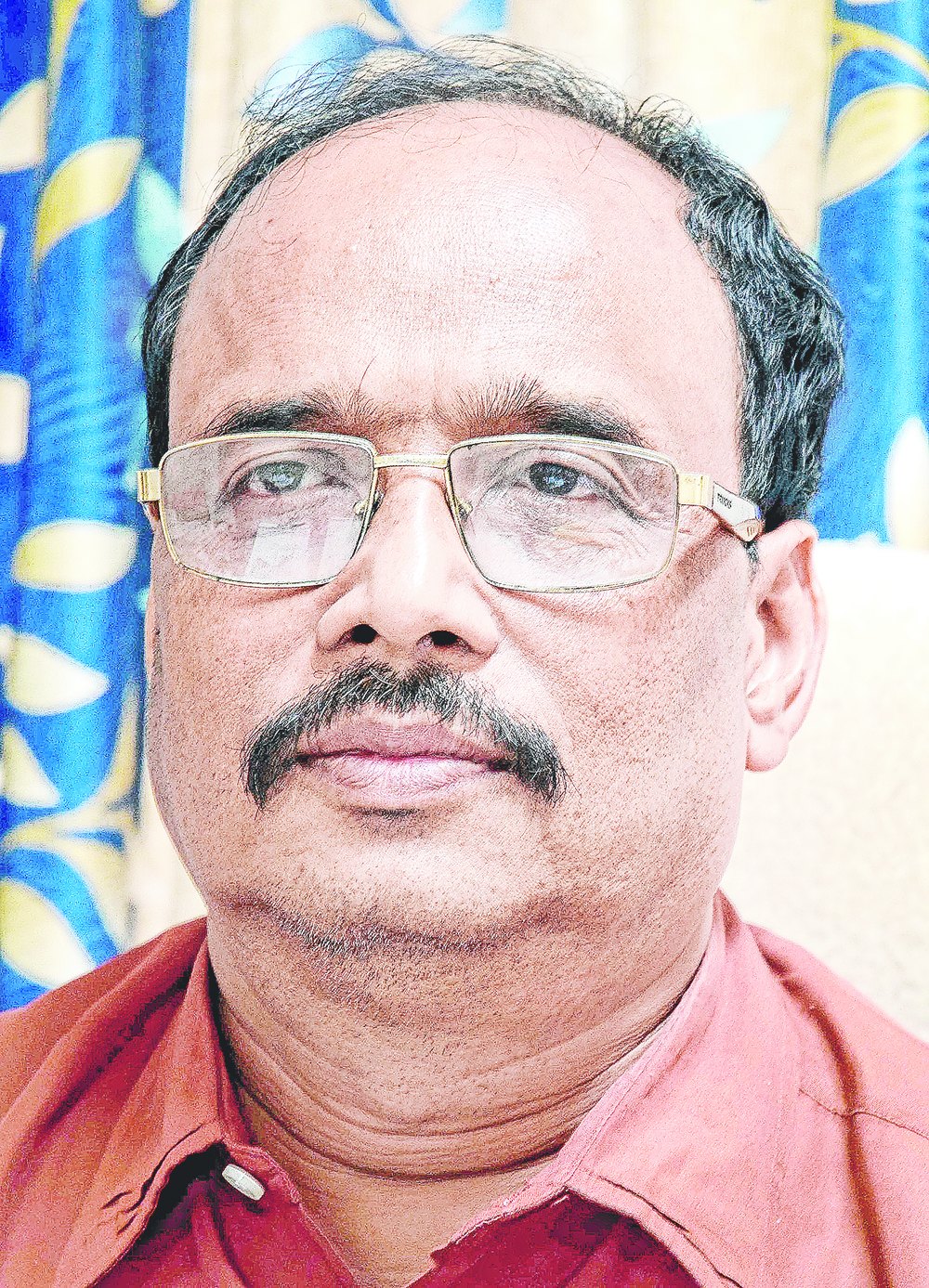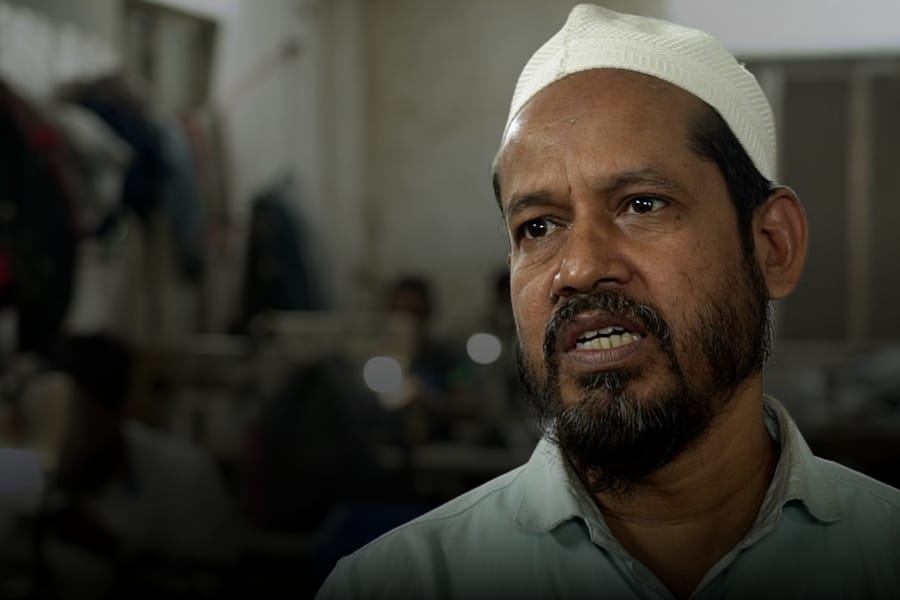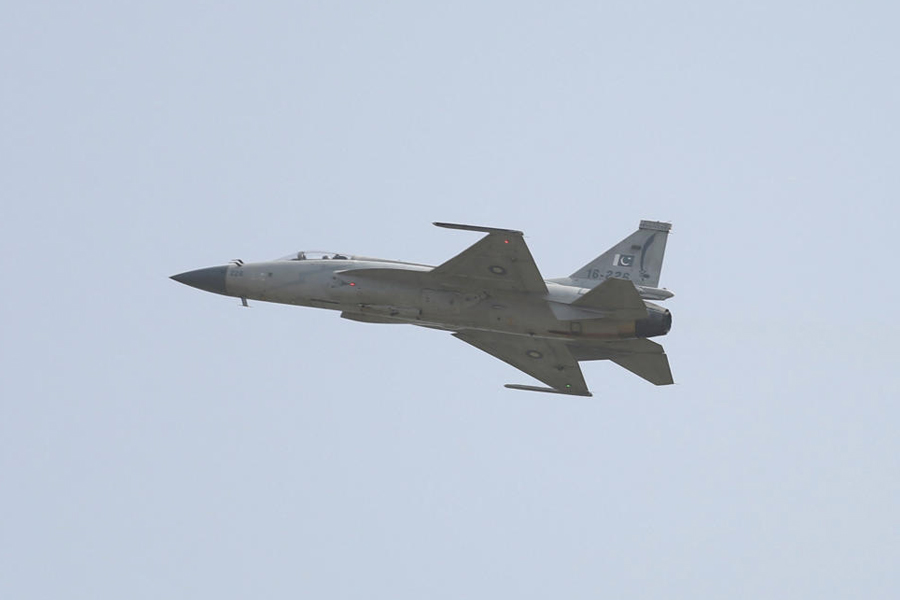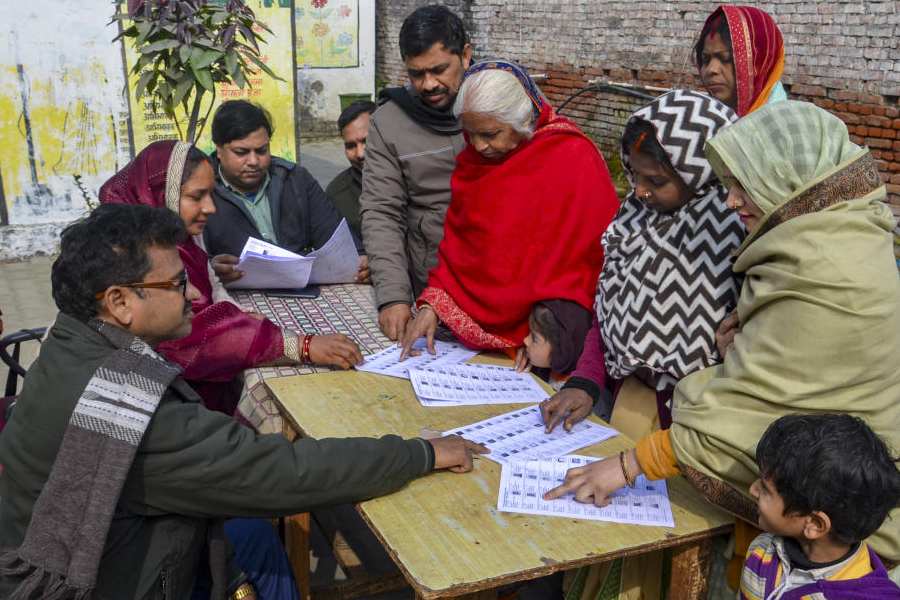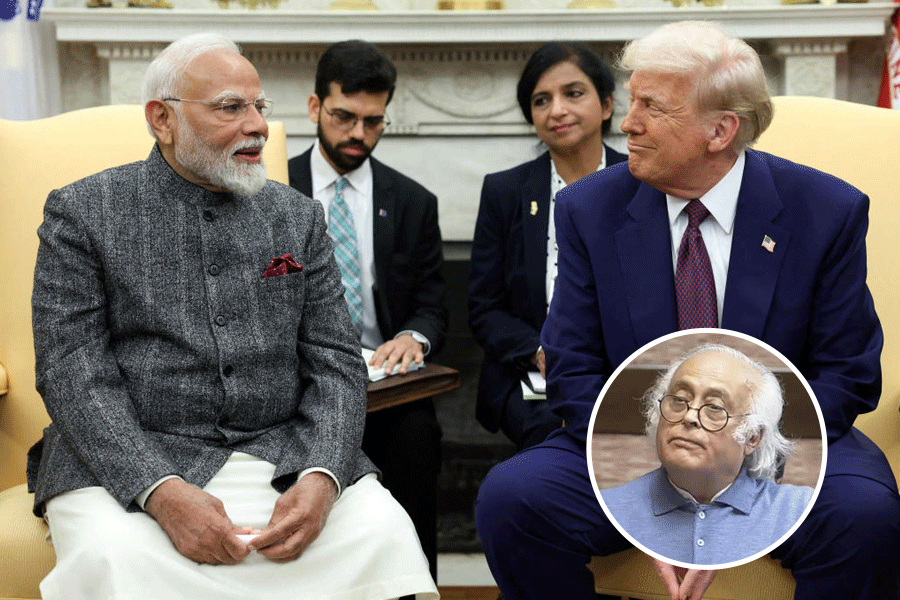
Nabakalebar or the replacement of idols at Puri's Jagannath temple is going on for centuries, but the early texts available with us do not have any mention of the word, which raises several questions about its earlier forms.
Even the Skanda Puran, an early text on Jagannath written in the 14th century, has almost all the details pertaining to many important festivals or jatras connected with the Puri temple, but leaves the word Nabakalebar unmentioned. Another voluminous work Niladrimahodaya, written in the 18th century, which is popular among the temple priests now, contains many detail instructions almost about every topic pertaining to the temple, but misses this ritualistic practice.
Though the word Nabakalebar doesn't find mention in a number of early texts, the ritualistic practices can be dated back to at least a thousand years.
Referring to temple chronicle Madala Panji, one of the eminent researchers on Jagannath cult G.C. Tripathy says the earliest instance of change of deity can be surmised in the reign of Jajati Kesari. After occupying the throne of Utkal in around AD 950, Kesari retrieved the Jagannath idol in a decaying condition from Sonepur, where it was concealed inside the earth for about 150 years to save it from the wrath of Yavana King Raktabahu. He, therefore, ordered new wood to be cut and a nice idol constructed, according to prescribed rules.
This change of deity seems to have taken place so many times since then, at least till the end of independent Gajapati kings of Odisha. However, the contemporary texts of this period do not mention the word raising the question of its periodical occurrence.
The earliest known text on the subject is now available at the eastern zone centre of the National Archives of India, Bhubaneswar. It was collected from the deula karana or temple clerk of Puri Jagannath temple by a team of researchers of the Odisha Research Project, a constituent of the department of Southeast Asian Studies, Heidelberg University, Germany. Tripathy was also a project member.
Officially known as Rajabhoga Itihasa, the manuscript is a combination of several compendiums and sub-texts on history and ritualistic and endowment practices prevalent at the Jagannath temple. These were written between the late 15th and early 18th century. While writing these texts, the authors have also quoted from their earlier works that confirms the continuance of age-old ritualistic practices at the temple.
One of the compendiums on banajaga gives an account of this ritualistic practice without mentioning the word. Though this compendium is thought to have been written in the early 17th century, it is also based on an earlier work of Vidyakara Vajpeyi, a smriti writer of Odisha in the 13th century.
This confirms the view that Nabakalebar used to take place much earlier than the time of its origin mentioned in the texts available now. Another old text throwing light on the subject is Narasingha Vajpeyi's Pratisthapadipa written in the middle of the 16th century. It is available at the Odisha State Museum. This work was popular in Odisha in the late 16th and entire 17th century. It was popular till its replacement by Pratistha of Maguni in the 18th century.
However, the present Nabakalebar practices followed by the daitas seem to be based on two works - Banajaga Vidhi and Calasrimurti Pratistha Vidhi. These were composed by local priests on the basis of their own practical experiences and knowledge for the sake of posterity and probably for their own personal use, as the successive Nabakalebars are performed by comparatively younger ones.
Slight variation, omission and addition in the practices are also observed in different texts. For example, while mentioning about the type of neem tree to be used for the three idols and Sudarshan, the Rajabhoga Itihasa says the trunk should have at least four branches and the tree be situated far away from the village. Animals with five paws should not have mauled the tree. There should not be any bird's nest on it and it should not be covered with branches of any neighbouring tree. It should not be affected by lightning and further its branches should be storm resistant. Overall, it should have a pleasant look.
However, the present criterion of situation of the trees near crematorium, river or pond or surrounded by mountains on three sides, a Shiv temple or hermitage nearby, an anthill near the root and habitation of serpent on the tree are all subsequent additions, according to G.N. Dash, another member of the Odisha Research Project and Jagannath cult expert.
Though it is not easy to say when exactly the practice started, the researchers say that since the deity is made of neem wood, not stone and metal, there is every possibility of its decay after few years. Every year after snana purnima, the duration of anavasara is used to repaint and repair the idol wherever necessary. But, the complete replacement is necessary after 12 or 19 years depending upon the occurrence of double asadha year. Though this practice prevailed earlier, it seems to have become routine from the times of Rama Chandra Dev-I when he re-consecrated the deity in the temple in 1590 after Bishar Mohanty of Kujanga purportedly retrieved the Brahma padartha from the burnt images of the Trinity near the Ganga that was set fire by Afghan general Kalapahar in 1568.
During the 160 years of Mughal rule in Odisha, the shrine had faced desecration threats several times and the idols had to be shifted and concealed. All these contributed to the decomposition of the deity and its frequent replacement. Perhaps since then, Nabakalebar became part of the ritual calendar.
In the report of Charles Grome, the English collector of Cuttack in 1805, the word doesn't find mention even though he was well familiar with many words associated with temple rituals and practices.
To him, when asadha happens to be an intercalary month, it is necessary to take off the idol clothes and have the body completely examined. If any part of Him is decayed or weakened, a new case or body must be made to contain the sacred deposit. It, therefore, appears that the word was not in use till the beginning of the 19th century.
Stating the reasons for the missing word, G.N. Dash says that earlier the practice of replacement of idols and transfer of the Brahma padartha was carried out in strict secrecy. Any idea of decomposition of images resulting in its replacement challenges the infallibility of the God in the eyes of common man. It is, therefore, no wonder that barring a few old temple manuals, the practice is not mentioned in many works. Only now the people have more opportunity to know all the details.
In Grome's report, it is also stated that in earlier times (Maratha period), attention was paid to the due performance of every duty by the sevayat and a neglect of it was sure to bring punishment on the offenders.
Interestingly, amid the recent controversy of breaking of the secrecy, one daitapati has revealed in a TV interview that they purportedly observe the Nabakalebar strictly in accordance with a palm-leaf manuscript Indra Nilamani Purana. The purana is a secret ancient text available with one of them that only a few have the privilege to see and read.
(The author is assistant director of National Archives of India, eastern zone, Bhubaneswar)

